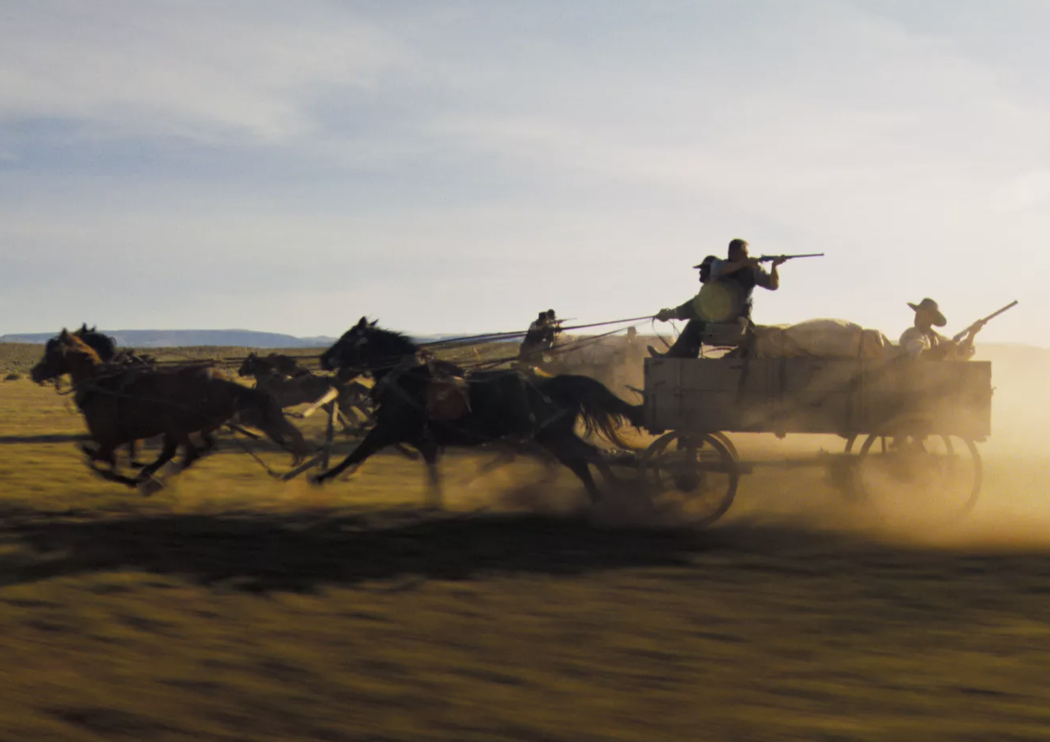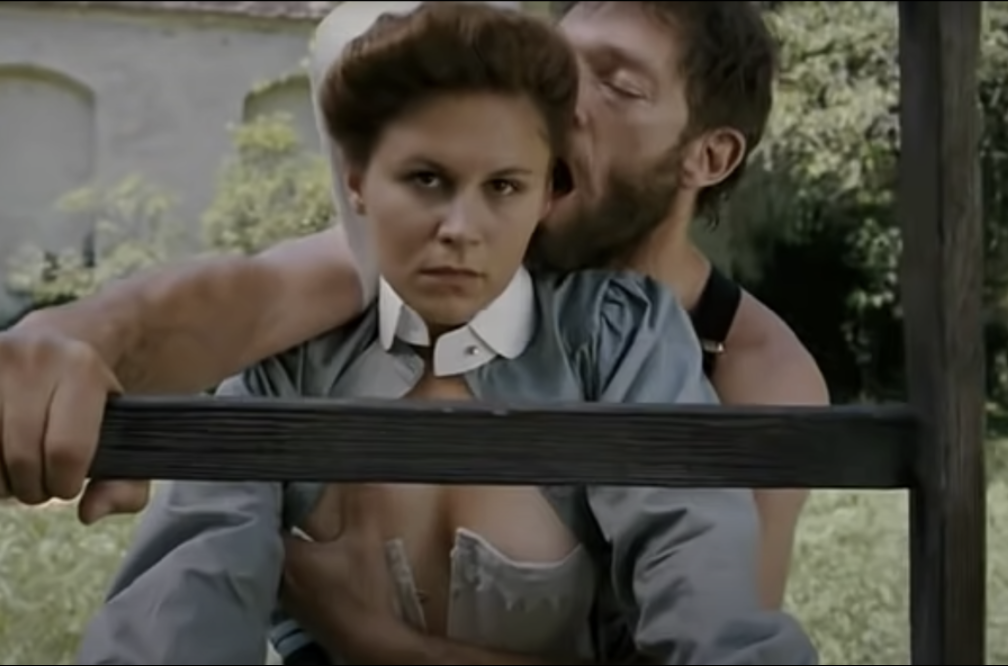Restoration guru Robert Harris has generously paved the way for Hollywood Elsewhere to visit the Library of Congress film storage vaults in Culpeper, Virginia, which is otherwise known as the Packard Campus of the National Audio-Visual Conservation Center. The visit will happen on Monday, 10.26, following my four-day visit to the Middleburg Film Festival. I’ll be staying in D.C. on Sunday and Monday nights, 10.25 and 10.26, and the campus, I’m told, is a 90-minute drive from Washington in good traffic. On Tuesday morning I’ll fly down to the Savannah Film Festival where I’ll be saying for five days and a wakeup — Tuesday, 10.27 through Sunday, 11.1.
I’ll be hosted at the Packard campus by Kenneth Weissman, who manages the motion picture preservation laboratory, as well as Mike Mashon, who heads the Moving Image section.
I asked Mashon about Jerry Lewis‘s The Day The Clown Cried, and he reminded me that the Library’s agreement with Lewis ensures that no element associated with it will be available to the public for another ten years, or until 2025. “I can’t even look at the cans that The Day The Clown Cried is stored in?”, I replied. “Just the CANS? Otherwise, great…looking forward & thanks.”
Boilerplate: “Set on a beautiful 45 acre campus with stunning architectural design and landscaping, the Packard Campus of the National Audio-Visual Conservation Center is a state-of-the-art facility where the Library of Congress acquires, preserves and provides access to the world’s largest and most comprehensive collection of films, television programs, radio broadcasts, and sound recordings. The Campus has globally unprecedented capabilities and capacities for the preservation reformatting of all audiovisual media formats (including obsolete formats dating back 100 years) and their long-term safekeeping in a petabyte-level digital storage archive.
In addition to preserving the collections of the Library, the Packard Campus was also designed to provide similar preservation services for other archives and libraries in both the public and private sector.
“The physical description of the Campus is impressive enough — 415,000 square feet, more than 90 miles of shelving for collections storage, 35 climate controlled vaults for sound recording, safety film, and videotape, 124 individual vaults for more flammable nitrate film—but it will also be a “factory” for acquisitions, preservation, access, and partnerships. For example, the Campus will feature an off-air recording room to enable off-broadcast, off-cable, off-satellite capture of hundreds of channels of audiovisual content.”













